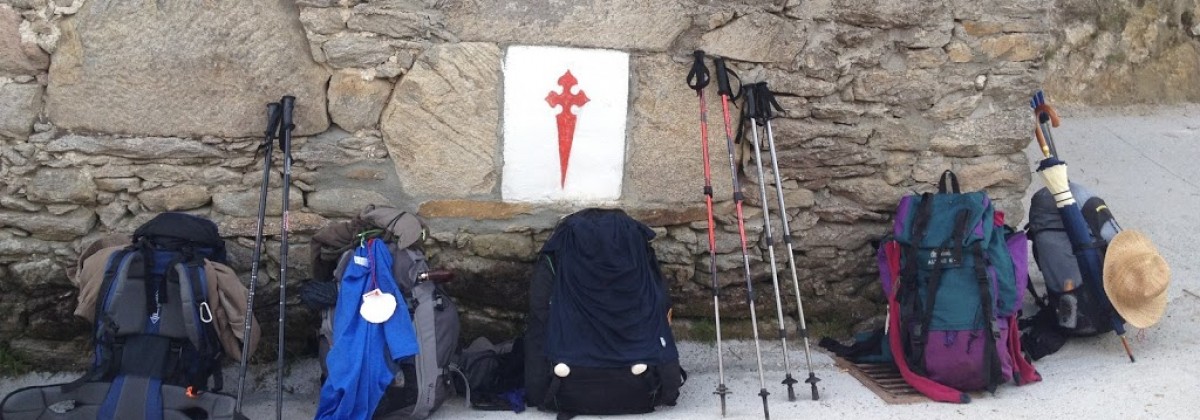 |
the most stunning landmark in Kutná Hora is the Cathedral of St. Barbara, begun in the late 14th century thanks to patronage from local miners and intended to rival St. Vitus in Prague for size and grandeur. in fact, the first architectural contractor was the son of the master-builder of St. Vitus. some believe that the father (who designed St. Vitus) had a hand in drawing the plans for St. Barbara as well.
 |
| reticulated vaulting, work of Matyáš Rejsek |
progress on St. Barbara, however, depended heavily on the prosperity of the mines and, to that end, construction on the church halted and resumed periodically. various designers left their marks on the cathedral as original plans were updated or amended. the vaulting changed markedly as construction progressed (as seen in the two photos to the left; the one on the top was the earlier work, the one on the bottom, the later). the dependence on the mines and miners shows in the designs throughout the Cathedral. various crests on the roof represent different miner organizations, and St. Barbara is the patroness of miners.
 |
| helical valuting, work of Benedict Ried |
as mentioned previously, money from the mines eventually dried up and the cathedral sat unfinished for more than three hundred years. rather than leave the impressive if incomplete structure open to the elements (and, obviously, unusable), a wall was thrown up in 1588 to close of what had been completed. finally, in the late 19th century the local archeological society persuaded the city to take an interest in the completion of the cathedral and construction was resumed. it took another thirty years before the plans the project completed but in 1905 the building that found its way onto the UNESCO World Heritage list was finished.

